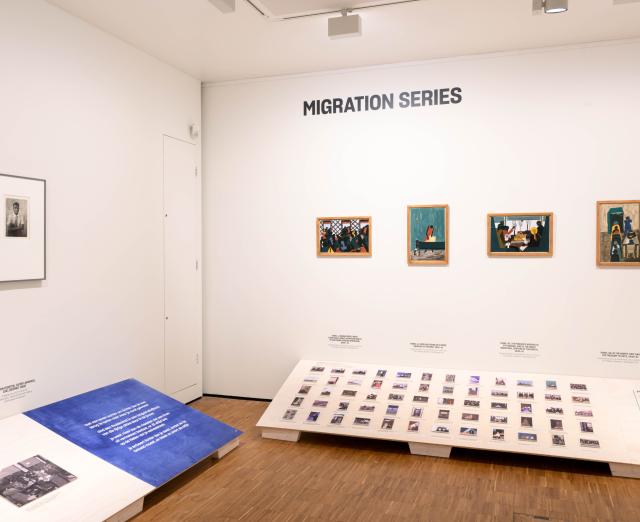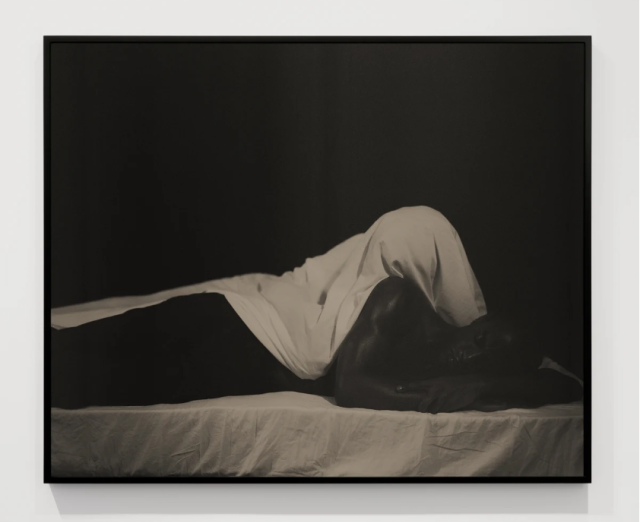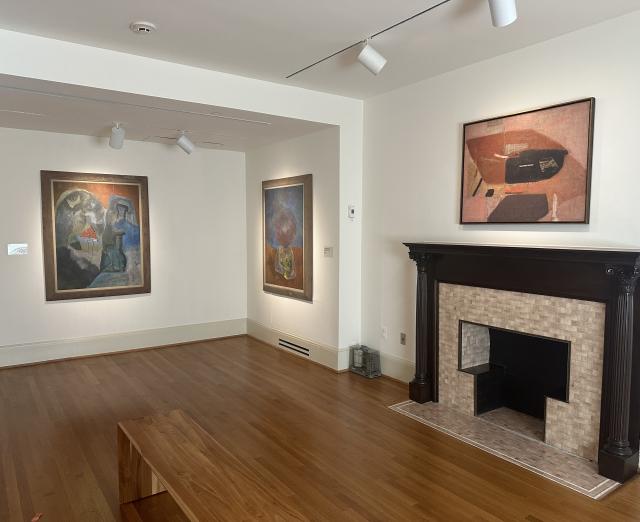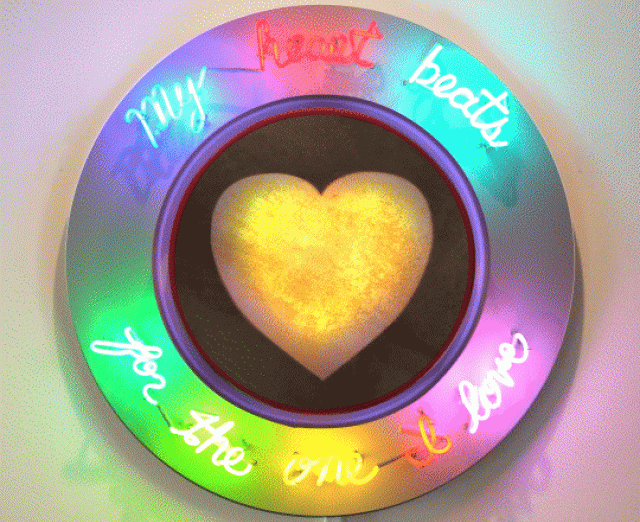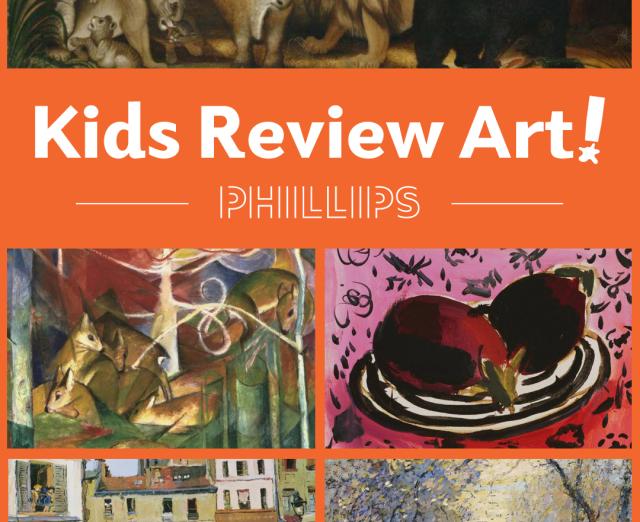Views of Intimacy: Richard Learoyd Meets Redon and O’Keeffe
Collection
Chief Curator Elsa Smithgall on her recent permanent collection installation in Gallery 202.
Last year, we were delighted to add to the collection our first two striking photographs by the noted British artist Richard Learoyd. On that occasion, I curated an installation that placed the two portraits of Agnes (both 2013) together with kindred figurative works in the collection by Ingres, Whistler, Kokoschka, and Lupertz, among others. This past June, when our holdings by Learoyd happily expanded to include another three photographs—Melanie (2015), Apple Branches (2022), and Last light (color) (2023, printed 2024)—it provided an exciting opportunity to bring them together with some new companions from the collection.
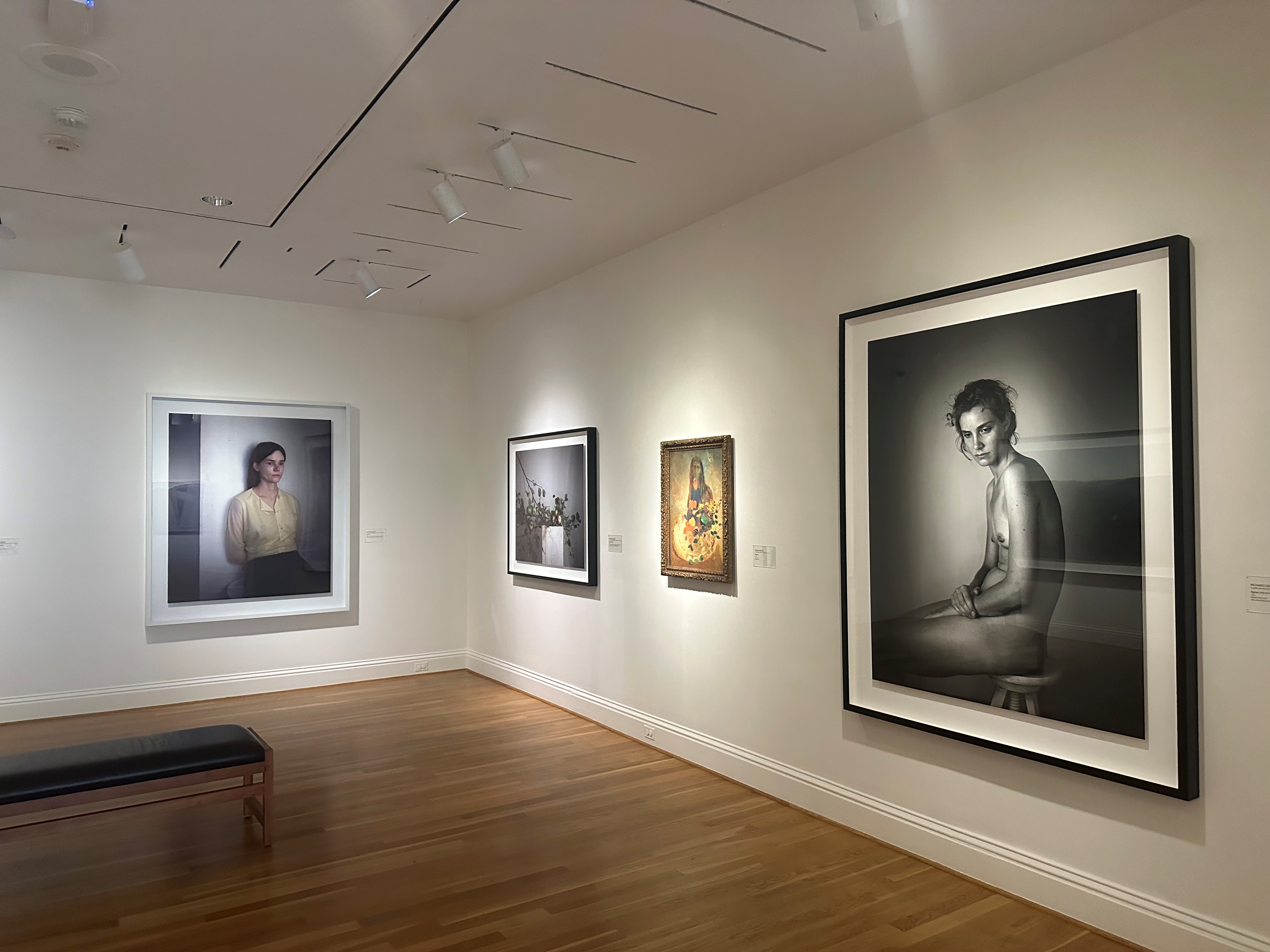
Learoyd’s photographs are commanding for their large scale and hyper-realistic details. Yet, immersing oneself in Learoyd’s photographs is a slow burn, one that elicits deeper resonances beneath the surface appearance of things. As he has said, “I am interested in the moment when the image becomes dye and color, when the illusion of it being a reflection or projection breaks down.” In this way, Learoyd bears sympathy with Symbolist artists and writers of the late 19th century, who sought, in the words of Stéphane Mallarmé: “to paint not the thing but the effect it produces.” This prompted my choice to include the Symbolist French painter Odilon Redon’s Mystery (c. 1910), a painting whose quiet enigma radiates across the adjacent photographs by Learoyd.
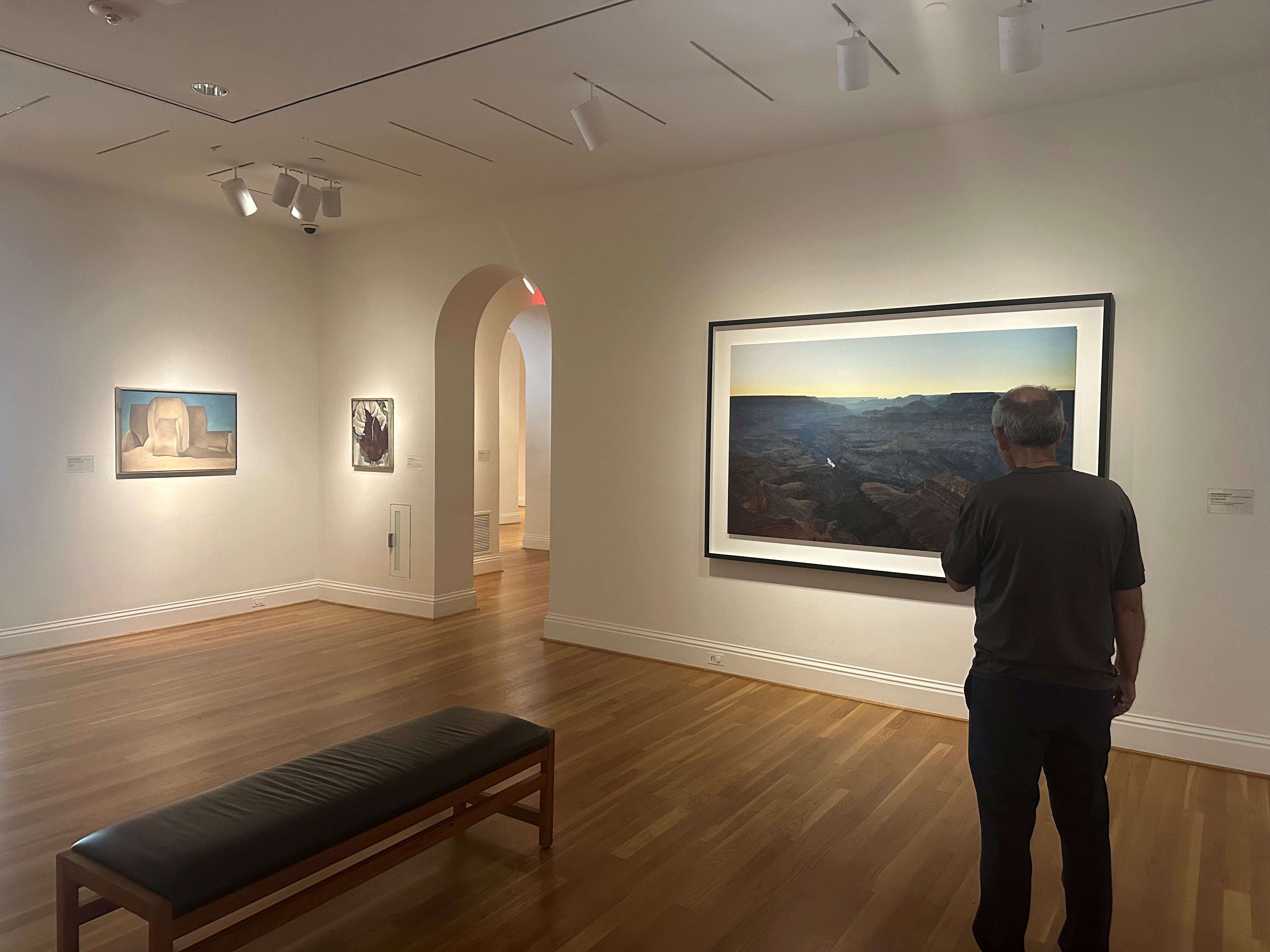
On the east side of the gallery, the tension between realism and abstraction in Learoyd’s photographs led me to select three paintings by artist Georgia O’Keeffe. In 1922, pushing back against the objectified readings of her paintings, O’Keeffe insisted, “Nothing is less real than realism. Details are confusing. It is only by selection, by elimination, by emphasis, that we get at the real meaning of things.”
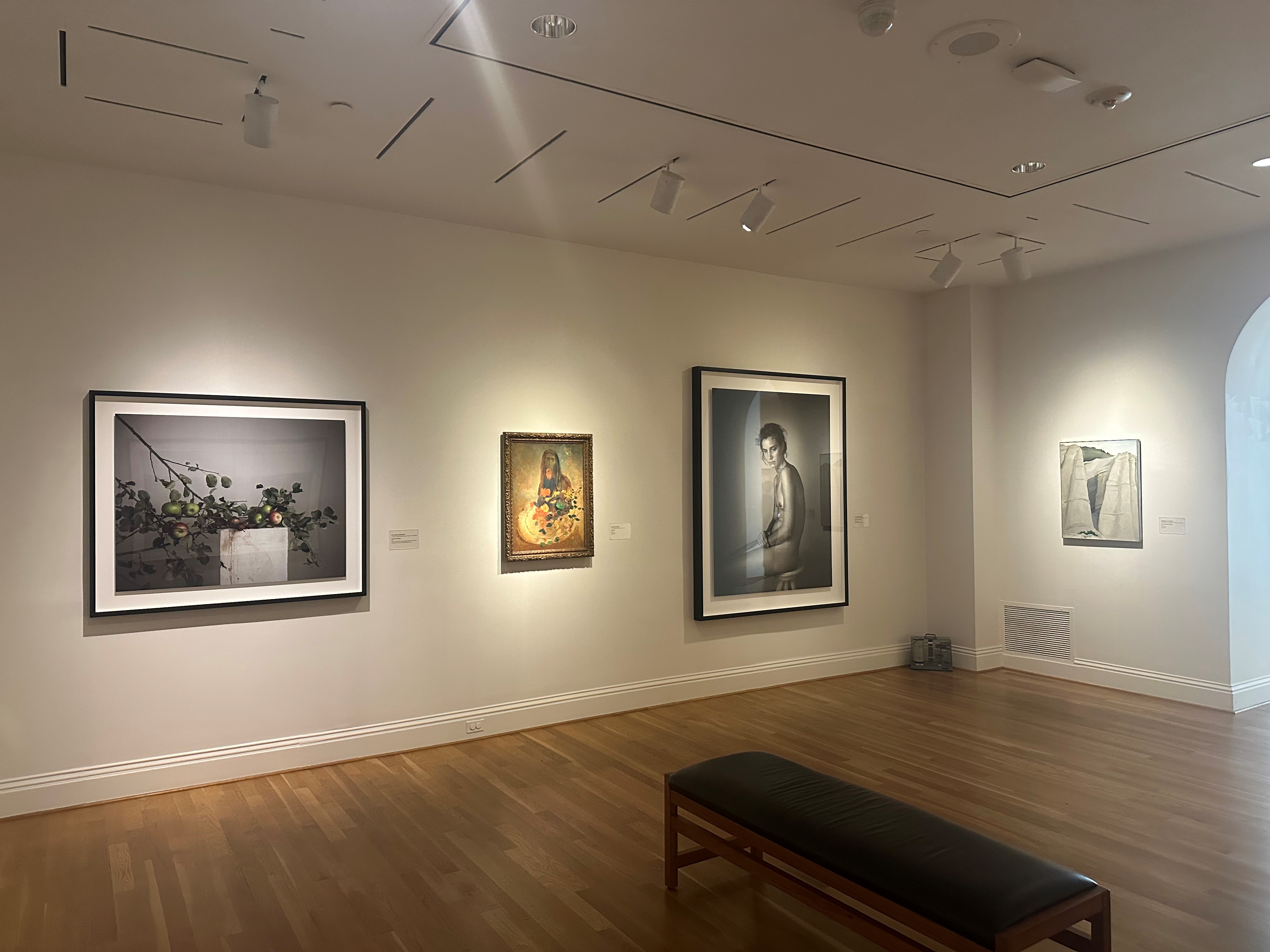
So what is the real meaning of Learoyd’s photographs? I’ll let him have the last word: “I want them to frustrate our desire to instantly understand … My hope is that they inspire a truly reflective view: a view of intimacy and understanding, an insight into another that will increase our humanity.”
